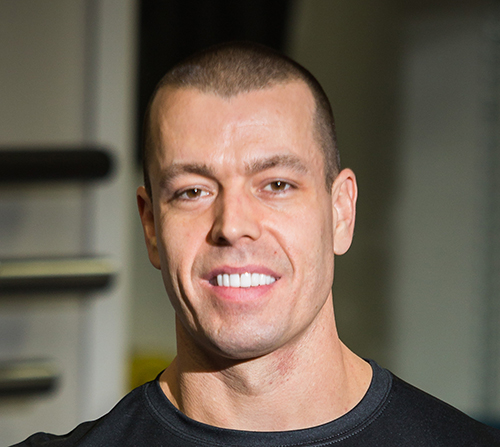By Aaron Gilbert
“This time around, I really mean it when I say I’m going to lose 20 pounds and keep it off!” “My doctor says I need to lower my bad cholesterol levels; I really need to stop eating junk food!” “Next year, I’m going to beat my Spartan Race time by 10 minutes!”
Any of this sound familiar? Let me guess, this isn’t the first time you’ve aspired to accomplish a health or fitness goal and experience lackluster results at best.
If you have a strong desire to accomplish a fitness goal, that’s a great place to start, but it’s not enough to inspire actionable events that will lead to meaningful results.
Setting goals that actually work is the best place to start.
Set Behavior Goals
Everybody wants things. There’s nothing wrong with wanting things. It’s basic human nature.
The problem is that just wanting things isn’t enough, even if you want this something really, really bad.
Why? Because we can’t control outcomes. Outcomes are affected by environmental factors like your job, your hectic family life, bad weather. And we can’t forget physical elements like getting sick, stressing out, aging … you get the idea.
The bottom line is you can’t make your body do what you want it to.
You can only control what you do. That’s why behavior goals are so powerful – they focus on what we do have control over.
Behavior goals represent your commitment to put into practice a set of actions or tasks every day.
Here’s a practical example.
Eat slowly, drink a full glass of water before and during each meal, and give your body 20 minutes to digest fully before considering eating anything else. I know, this doesn’t translate to losing 20 pounds immediately, but it is a proven, science-based method that will contribute to you feeling fuller and eating less.
Since these steps help with eating less, and eating less can contribute to weight loss, these strategies help turn a behavior (controllable) into an outcome (uncontrollable).
What to do next:
1. Write down your health and fitness goals.
2. Identify smaller, “controllable” steps you can put into action that, when applied consistently, will get you closer to reaching your goals.
3. Perform these steps (i.e. control your behaviors).
4. Focus on what to do, rather than on what not to do.
5. Contact me if you have any questions, or would like some assistance on your journey.
Aaron Gilbert, CSCS, is the owner of Longevity Athletics.
[email protected]
520-262-4661
This column appeared in the April issue of InMaricopa.



![Shred-A-Thon to take place tomorrow An image of shredded paper. [Pixabay]](https://www.inmaricopa.com/wp-content/uploads/2024/03/shredded-paper-168650_1280-218x150.jpg)













![Shred-A-Thon to take place tomorrow An image of shredded paper. [Pixabay]](https://www.inmaricopa.com/wp-content/uploads/2024/03/shredded-paper-168650_1280-100x70.jpg)
